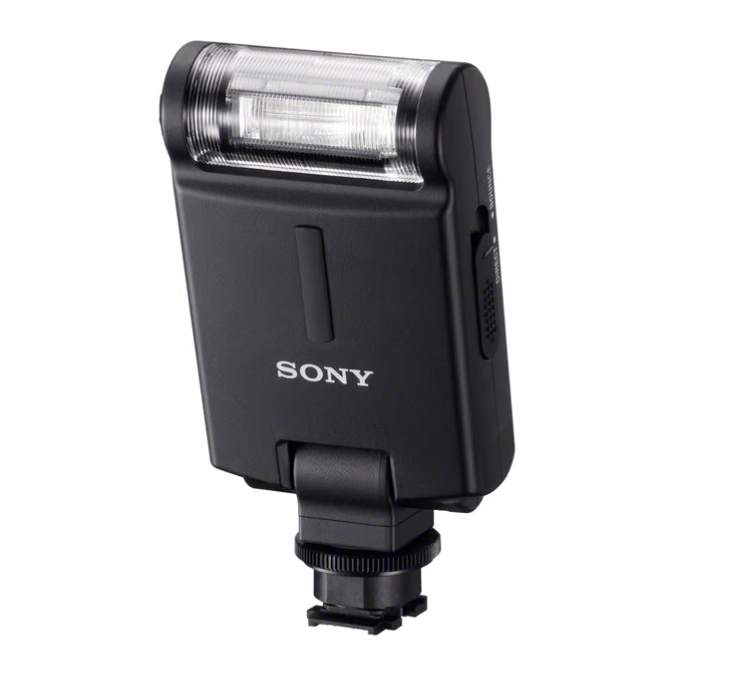What is the difference between a cold shoe vs. hot shoe mount? They may look the same and sound similar, but the distinction is day and night, or better yet, hot and cold. Not understanding the difference isn’t the end of the world but is suitable to know for photography and video. This post simply explains the contrast between cold and hot shoe mounts and their various uses.
What Do They Have in Common?
Whether you’re using a cold or a hot shoe, they’re both a type of mount for applying photography and video accessories to your camera or tripod. They are typically located on the top of the camera body and are used to support flashguns, lights, monitors, gimbals, mics, and more. You connect the device by sliding it into the place of the shoe slot and simply tightening it.

Shoe mounts are designed to hold the devices on your camera to free up your hands or make your photo or video shoots more efficient. Hot shoe mounts can wirelessly communicate between the camera and supported device, such as triggering the flash every time you snap a shot from your camera. Cold shoe mounts can sometimes also have the ability to share information with the equipment and your camera but through a different process.
The Main Differences: Cold Shoe vs. Hot Shoe?
What is a Cold Shoe Mount?
Yes, they are both mounts. However, a cold shoe is much simpler than a hot shoe regarding technological functions. Unlike hot shoes, cold shoes don’t electrically communicate with your camera via the mounting process. Instead, you need to use a device with a cable or remote transmitter signals to create a similar response as a hot shoe.
Many photographers use this for flash photography to signal separate (or multiple) umbrella flash stands mounted in various corners of a studio. Besides this, cold shoe mounts can also be used to attach dual devices to a single camera mount giving you more flexibility with your gear.

What is a Hot Shoe Mount?
Regarding cold shoe vs. hot shoe mount for cameras, hot shoes use electrical contacts to communicate with other devices through wireless signals. For instance, if you are using a flashgun on your camera or remote tethering device to send pictures to your laptop while you shoot. This back-and-forth communication is helpful for quick adjustments and adaptation to your working environment.

Hot shoe mounts can also be useful for light meters, monitors, rangefinders, and GPS receivers. They’re commonly found on medium to high-tier mirrorless cameras and DSLRs.
Take Away
Lastly, it’s essential to note that not every manufacturer makes shoes compatible with all other devices. For instance, if you have a Sony camera, your best option is to look for Sony-supported hot shoe devices rather than another brand. This will help you max out your equipment capabilities and avoid connectivity errors.










